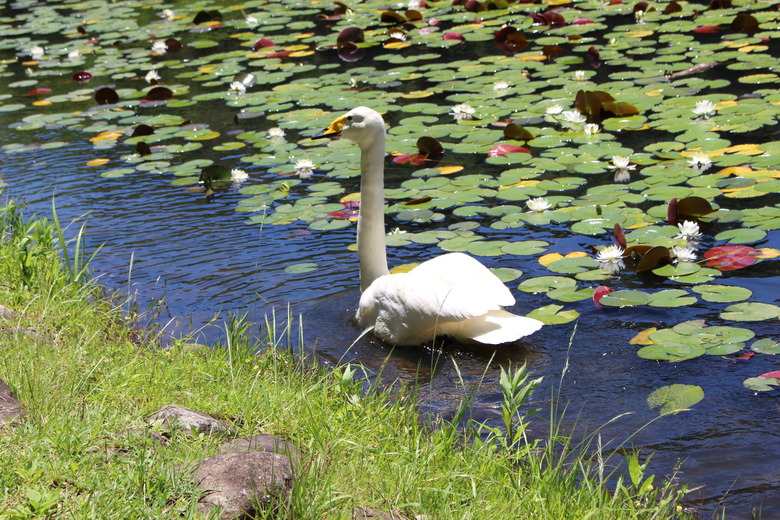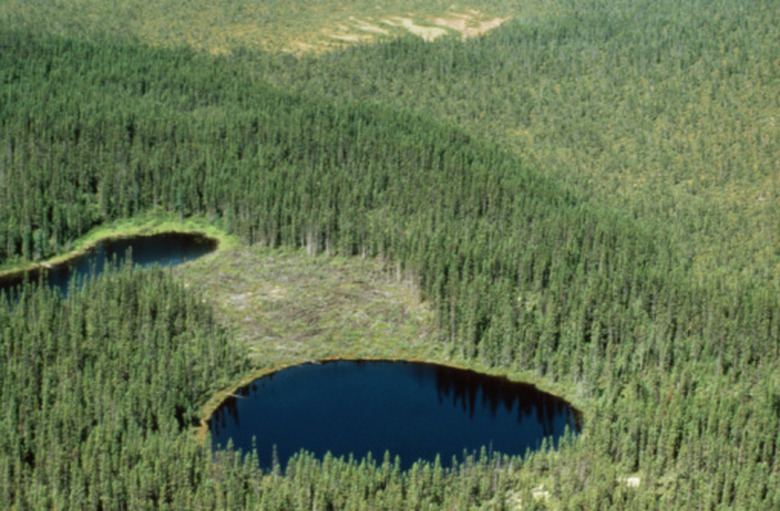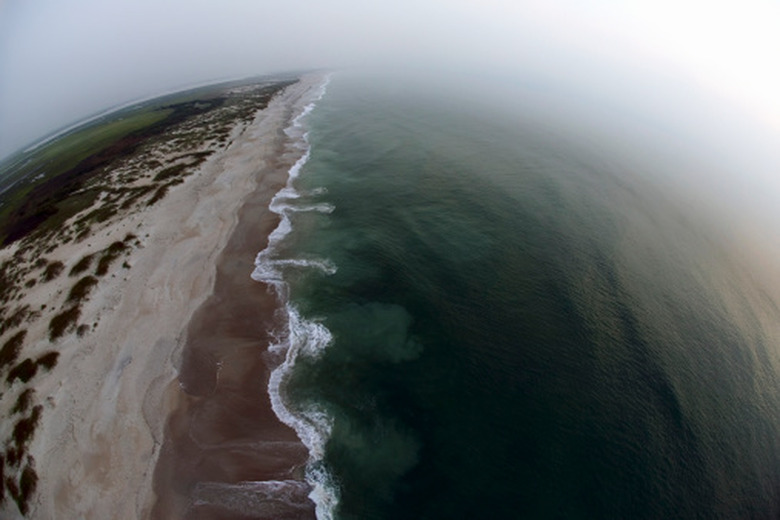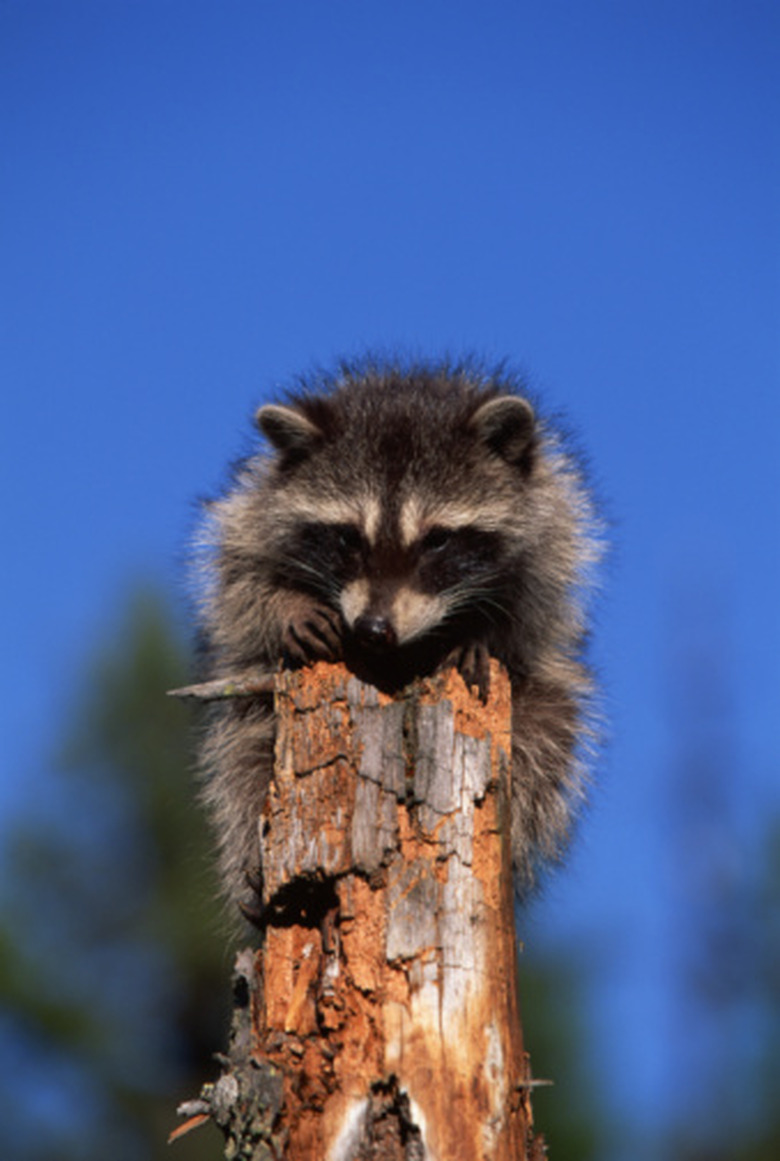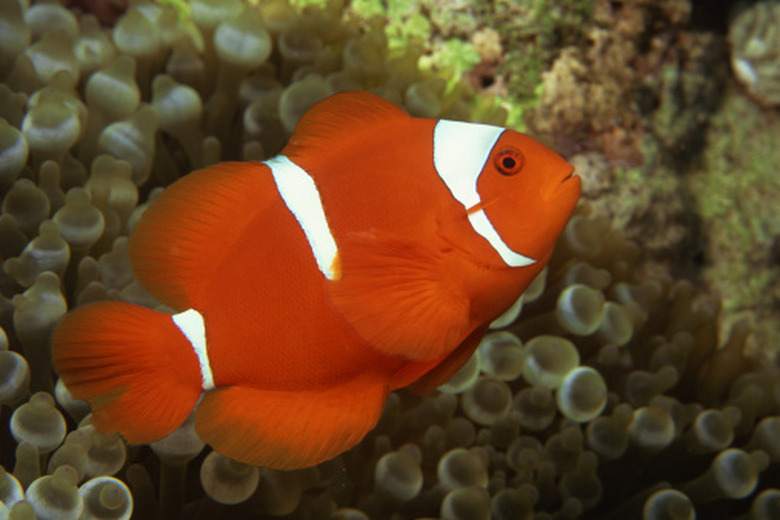Differences Between Ponds & Oceans For Preschoolers
On the Earth, there are many different types of bodies of water. Some have salt and cover large parts of Earth, while others do not have salt and are too small for boats. Oceans are the biggest bodies of water and ponds are one of the smaller bodies of water. Different types of animals live in ponds and oceans as well.
Ponds
Ponds
Ponds are small areas of water that do not move. They are surrounded by land and do not have salt in them. Usually, a person can see the land on the other side of a pond. Ponds do not have any waves. Water temperature is the same in all parts of a pond. Ponds are used to water farms, to help fight floods, to make an area look pretty and to give water to thirsty cows. Ponds can be damaged by humans and certain animals.
Oceans
Oceans
Oceans are much larger than ponds and have salt in them. Oceans cover three-fourths of the Earth's surface. Oceans can have large waves. It is impossible to see the other side of an ocean. Oceans have beaches and their water is salty. The Earth has four different oceans. They are the Atlantic Ocean, the Pacific Ocean, the Indian Ocean and the Arctic Ocean. The Pacific Ocean is the largest and the Arctic Ocean is the smallest. Oceans are used by people to move things on boats.
Pond Animals
Pond Animals
Ponds are natural habitats for many different types of animals. One animal that lives near a pond is a raccoon. They are omnivores, meaning they eat plants and animals. The raccoon has a face that looks like a mask and its tail is striped. Another animal that lives in a pond is trout. Trout are fish and can live for 20 years. They are very good swimmers and are carnivores. Carnivores are animals that eat other animals. Trout like to eat shrimp, insects and other fish.
Ocean Animals
Ocean Animals
Animals of all sizes live in oceans. The clown anemonefish is one fish that lives in the ocean. It is orange with yellow stripes and can found living with anemone. They are most common in oceans around Australia. Bottlenose dolphins also live in oceans. Bottlenose dolphins cannot breathe underwater. The bottlenose dolphin has to come to the surface and breathe through a hole in its head called a blowhole. Great White Sharks also live in oceans. Great white sharks are big fish with big teeth that like to eat sea lions for meals. They can grow up to 15 feet in length.
Cite This Article
MLA
Miller, Charles Alex. "Differences Between Ponds & Oceans For Preschoolers" sciencing.com, https://www.sciencing.com/differences-between-ponds-oceans-preschoolers-8626496/. 22 November 2019.
APA
Miller, Charles Alex. (2019, November 22). Differences Between Ponds & Oceans For Preschoolers. sciencing.com. Retrieved from https://www.sciencing.com/differences-between-ponds-oceans-preschoolers-8626496/
Chicago
Miller, Charles Alex. Differences Between Ponds & Oceans For Preschoolers last modified March 24, 2022. https://www.sciencing.com/differences-between-ponds-oceans-preschoolers-8626496/
